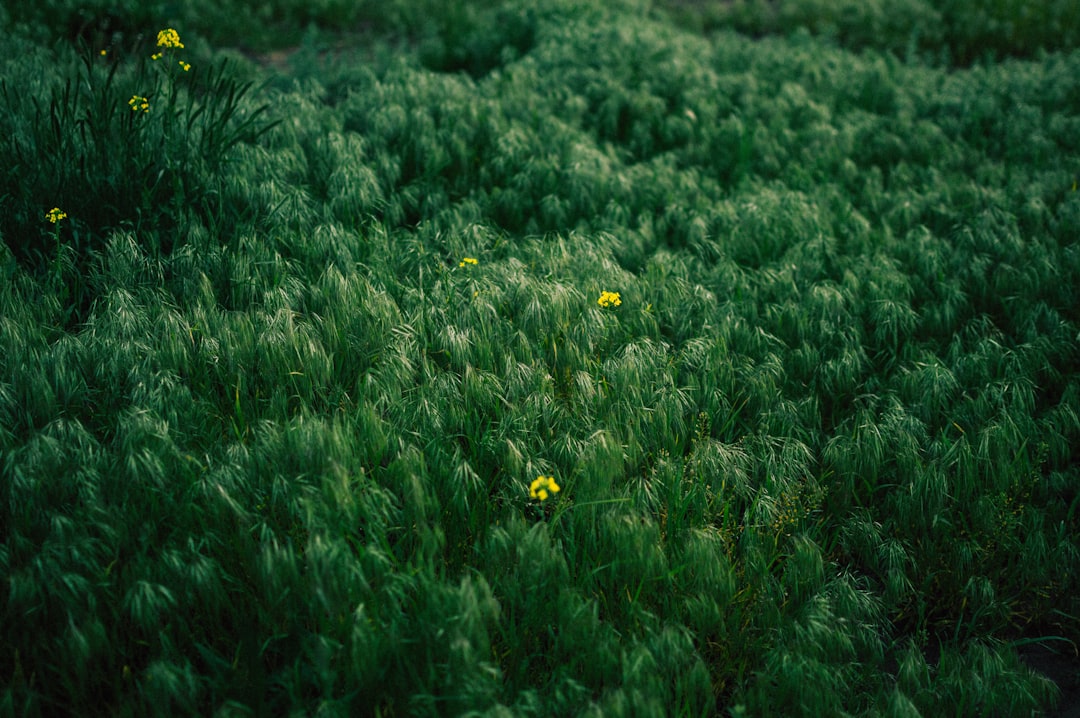The Secret to a Thriving Geranium Garden

Geraniums are a beloved addition to many gardens, known for their vibrant colors and long - lasting blooms. However, to keep these annual flowers looking their absolute best and to ensure a continuous display of blossoms throughout the growing season, one essential skill every gardener should master is deadheading. In this article, we will delve into the art of deadheading geraniums and explore how it can transform your garden.
First, let's understand what deadheading is. Deadheading is the process of removing spent or faded flowers from a plant. When it comes to geraniums, this seemingly simple task has far - reaching benefits. By getting rid of the old, withered blooms, you prevent the plant from putting its energy into producing seeds. Instead, the geranium can redirect that energy towards growing new flowers and foliage. This results in a bushier, more attractive plant with a profusion of colorful blossoms.
So, when is the right time to deadhead geraniums? The ideal time is as soon as you notice a flower starting to fade. This could be when the petals begin to wilt or lose their bright color. Regular deadheading, perhaps once or twice a week during the peak growing season, will keep your geraniums in top form. It's important to stay vigilant and not let the spent flowers linger on the plant for too long, as this can slow down the production of new blooms.
Now, let's talk about the proper technique for deadheading geraniums. You have a few options. One method is to use a pair of sharp, clean pruning shears. This is a great choice if you have a large number of geraniums or if the stems are a bit thick. Simply locate the base of the spent flower stem, just above the first set of healthy leaves or leaf node. Make a clean cut at a 45 - degree angle. This angled cut helps water drain away from the cut area, reducing the risk of disease.
If you don't have pruning shears on hand, you can also deadhead geraniums by pinching. This is a more hands - on approach and is suitable for smaller plants or when you only have a few flowers to remove. Use your thumb and forefinger to grasp the base of the spent flower stem. Then, gently snap it off at the leaf node. Pinching is a quick and easy way to deadhead, but make sure your hands are clean to avoid transferring any diseases to the plant.
Another aspect to consider is the overall shape of the geranium while deadheading. As you remove the spent flowers, take a moment to assess the plant's form. If there are any long, leggy stems or branches that are growing in an unruly direction, you can also trim them back during the deadheading process. This will help maintain a more compact and attractive shape for your geranium.
It's also worth noting that deadheading is not the only care geraniums need. They thrive in well - drained soil and require plenty of sunlight. Watering is crucial, but be careful not to over - water. Geraniums prefer to dry out slightly between waterings. Fertilizing can also play a role in their growth and blooming. Use a balanced, water - soluble fertilizer every few weeks during the growing season to provide the necessary nutrients for healthy flower production.
In addition to deadheading, you can also encourage more branching in geraniums by pinching back the tips of the stems. This stimulates the growth of lateral branches, which in turn can lead to more flower buds. When pinching back the tips, do it just above a leaf node, similar to the deadheading technique.
As the growing season progresses, you may notice that your geraniums start to look a bit tired. This is a normal part of their life cycle, but you can still extend their blooming period. Keep up with the deadheading, continue to provide proper care, and you may be rewarded with a second flush of blooms later in the season.
Finally, don't forget to clean up the area around your geraniums after deadheading. Remove the spent flowers and any fallen leaves from the soil surface. This helps prevent the spread of pests and diseases. You can compost the healthy plant material, but make sure to discard any parts that show signs of disease.
In conclusion, learning how to deadhead geraniums is a valuable skill for any gardener. It not only enhances the appearance of your plants but also encourages a continuous and abundant display of flowers throughout the growing season. By following the proper techniques and combining deadheading with other good gardening practices, you can enjoy a beautiful and thriving geranium garden year after year.